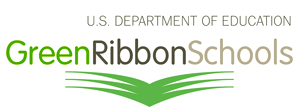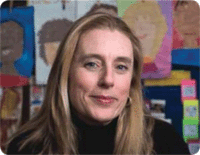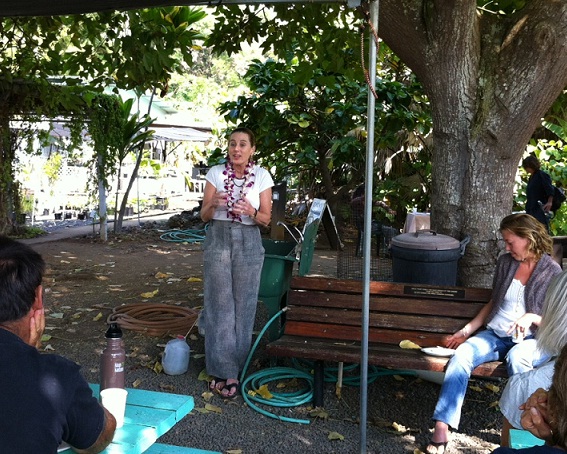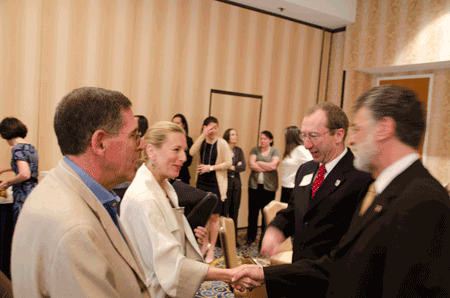Cherry Hill School Board Signs Off on Sustainability Initiative
/By Bryan Littel. This story orginally appeared at http://cherryhill.patch.com/articles/cherry-hill-school-board-signs-off-on-sustainability-initiative
Officials from across multiple organizations, including township government and the school board, came together Tuesday night to sign off on a move toward education for sustainability.
Mayor Chuck Cahn, school board President Seth Klukoff, schools Superintendent Maureen Reusche, Sustainable Cherry Hill founder Lori Braunstein and Zone PTA President Lisa Saidel joined together on the joint resolution, which endorses the district’s commitment to education for sustainability.
Reusche hailed the resolution, which passed unanimously, as a historic move.
“Educating for sustainability broadens the lens through which we look at how the decisions we make and the actions we take impact the world around us,” she said.
The decision comes after several years of work between the grassroots Sustainable Cherry Hill, the township and the school district on some of the fundamental pieces—figuring out ways to make public buildings more energy-efficient, increasing recycling rates and lowering the amount of trash produced by the schools and government, among others.
The move to tackle education as part of the effort is just the next step, Braunstein said.
“It’s more of a public commitment to working together,” she said. “We want to be able to look our kids in the eye in 20, 50 years and be able to say we did everything we could so they had a high quality of life.”
That effort needs to extend to students in the school district, Braunstein said, in order to better prepare them for a changing world.
“We need to teach our kids to think differently,” she said. “The jobs that are out there are different, the challenges that the kids are going to need to solve are different—they’re going to have different goals and visions than we did…we really need to be able to prepare our kids.”
That means getting students to recognize connections in what they’re learning, whether that’s how learning from history can help influence the future, or real-world applications from math class, said Jaimie Cloud, founder of the Cloud Institute for Sustainability Education, who is currently working with the district’s middle schools in the effort.“We want kids to see how all the disciplines hang together,” she said.
The resolution is somewhat nebulous—it talks about “development of curricular, instructional and organizational learning practices necessary for students to meet the Standards and Performance indicators of Education for Sustainability, especially those opportunities presented by New Jersey Learns,” though it doesn’t offer much specifically on what that might translate to in terms of any changes to the curriculum.
That vagueness is, to a degree, by design, Cloud said, and added that they’re not advocating any radical changes.
And as several board members pointed out, any changes to the curriculum would have to pass muster with both the district’s administrators and the school board.
“The administration and the board are firmly in control of the curriculum—this program is simply meant to foster opportunities for continued discussion and work in the schools,” policy and legislation chair Steve Robbins said. “Frankly, given what I know, the critical thinking skills that are being taught—especially in our middle schools—I am fairly confident the pros and cons will be discussed.”
Learn more about The Cloud Institute's NJ Schools Learn Program: /new-jersey-learns








